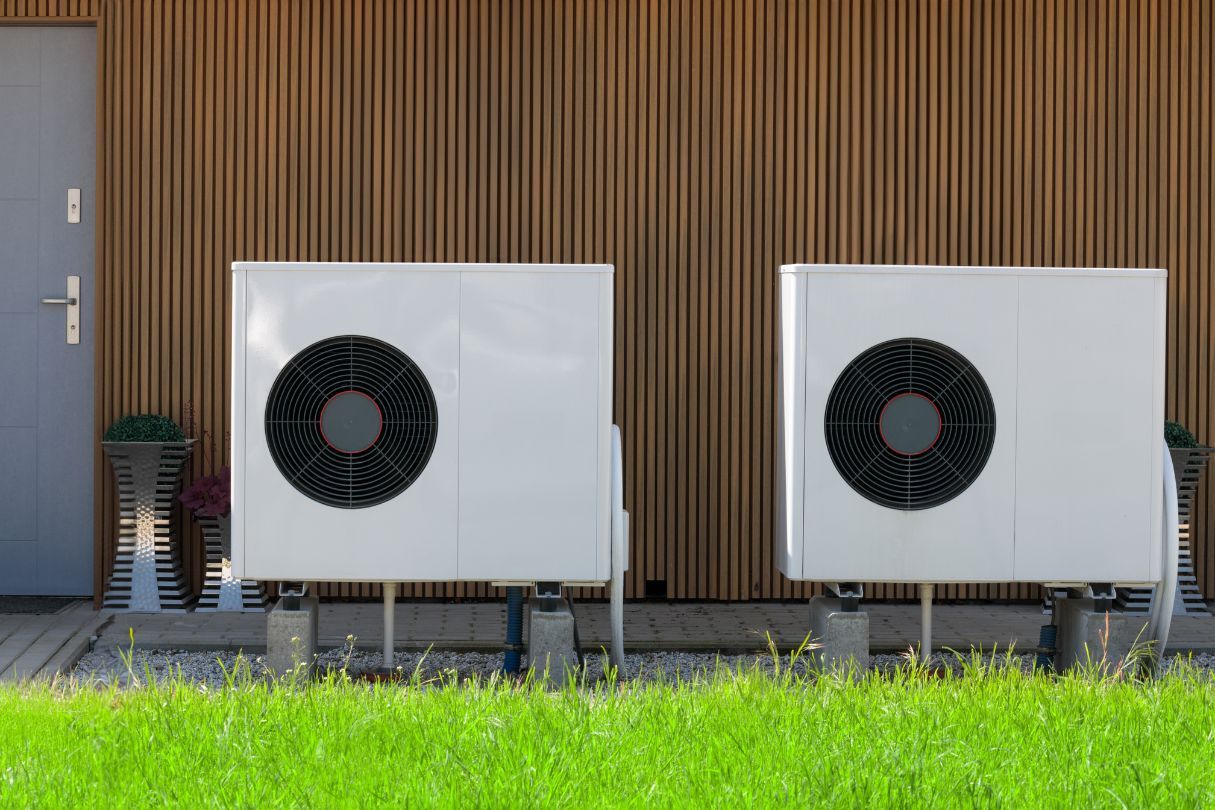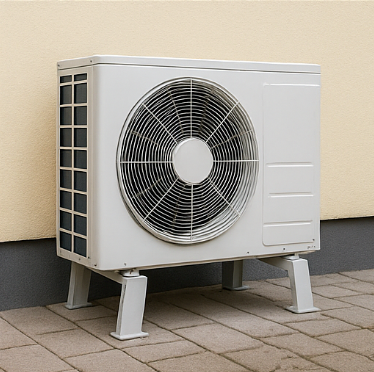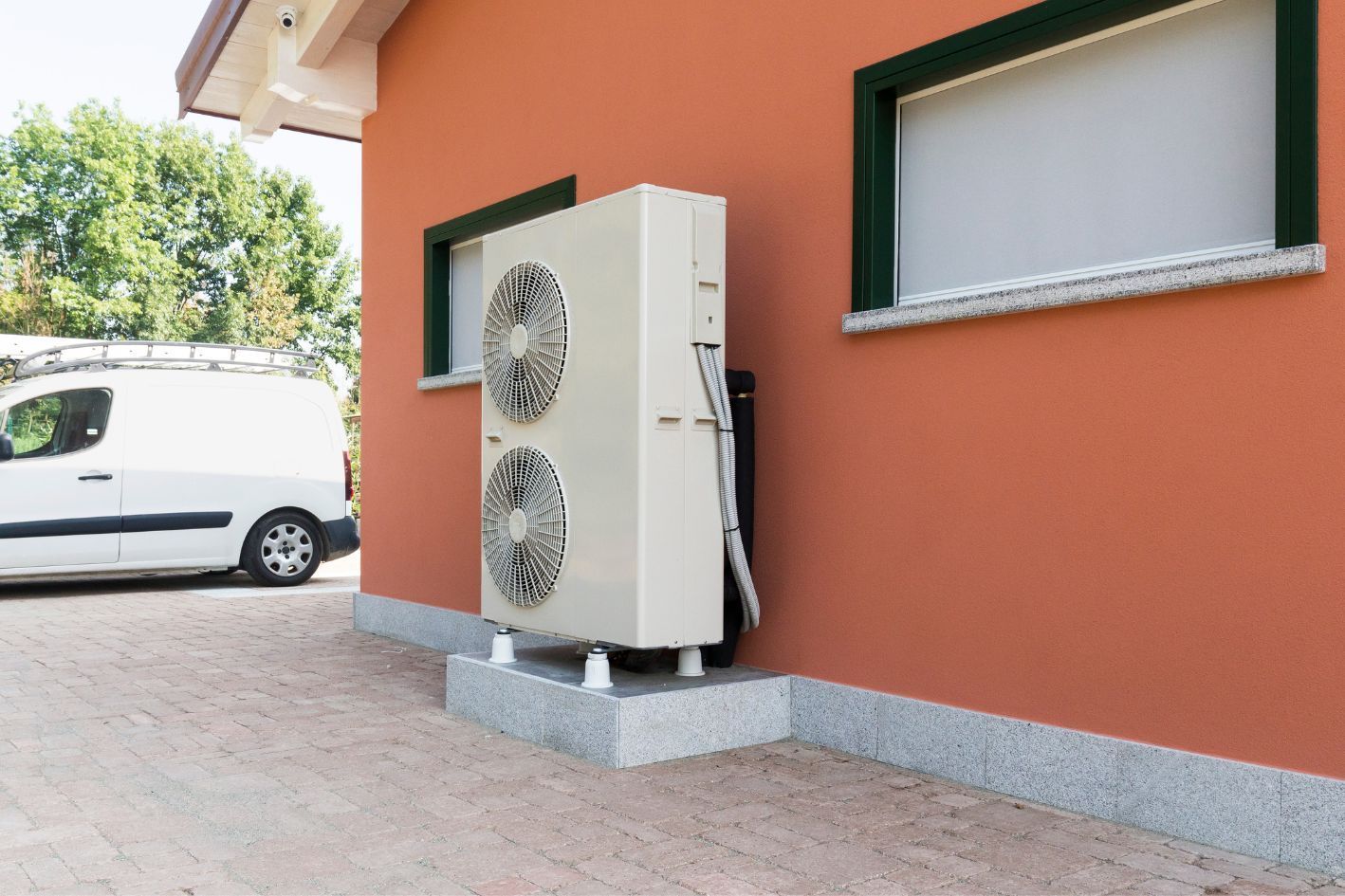Air Source Heat Pumps vs. Biomass Boilers: The Sustainability Showdown
When it comes to creating an energy-efficient home, air-source heat pumps have revolutionised how we think about heating and cooling. These remarkable systems transfer heat rather than generate it, delivering up to four times more heat energy than the electrical energy they consume. But what if you could make your heat pump system even more efficient? That’s where thermal curtains come into play.
How Air Source Heat Pumps Work
Air source heat pumps extract heat from the outside air and transfer it indoors, even in cold temperatures. The system works by drawing air across an evaporator coil containing
refrigerant, which absorbs heat from the air. This heat is then compressed and distributed throughout your home via water or air circulation systems.
Modern heat pumps feature advanced technology, including variable-speed variable-speed blowers, improved coil designs, and sophisticated motor systems that adjust between low and high speeds. These innovations deliver exceptional
energy savings and improved climate control throughout your home.
The Thermal Curtain Advantage
Thermal curtains are specially designed window coverings with multiple layers of fabric and insulating materials. Unlike standard curtains, they create an effective barrier against heat transfer through windows, which are often the weakest point in a home’s thermal envelope.
Installing thermal curtains offers numerous benefits for your home. They can reduce heat loss through windows by up to 25%, creating a more consistent indoor temperature. The insulating properties prevent cold drafts from entering your living space, enhancing comfort during winter months. Additionally, these curtains help create temperature-stable zones within your home, making each room more comfortable and inviting.
The Combined Effect
When thermal curtains and air source heat pumps work together, they create a highly efficient heating system. The curtains minimise heat loss, enabling your heat pump to maintain comfortable temperatures with less energy consumption. This powerful combination works because thermal curtains reduce the workload on your heat pump. Your system cycles less frequently, which extends its lifespan and provides more consistent indoor temperatures, resulting in greater overall comfort.












